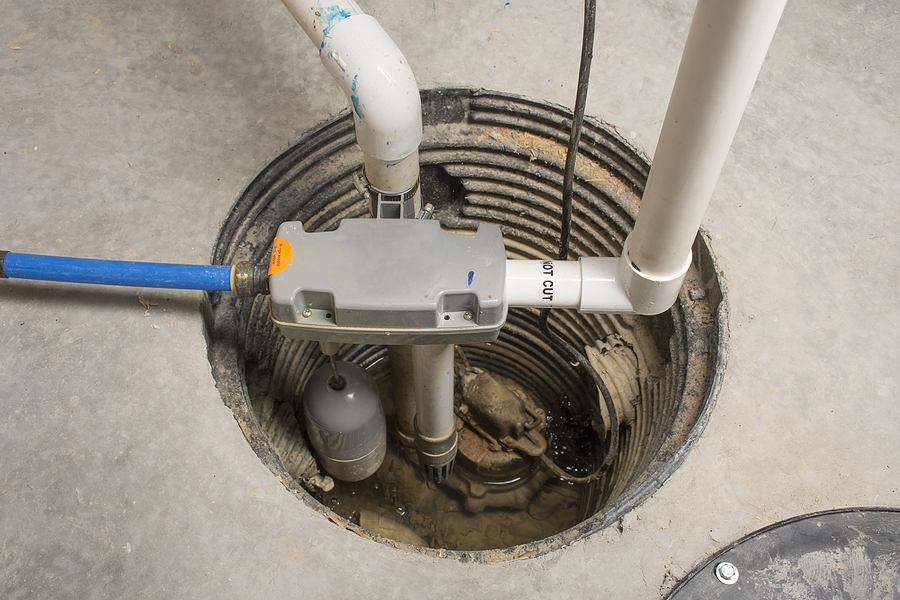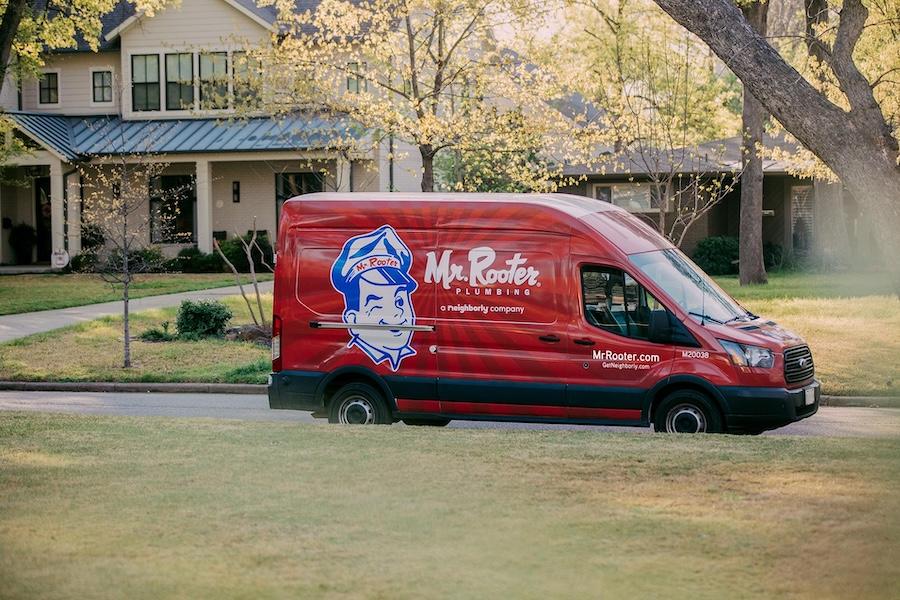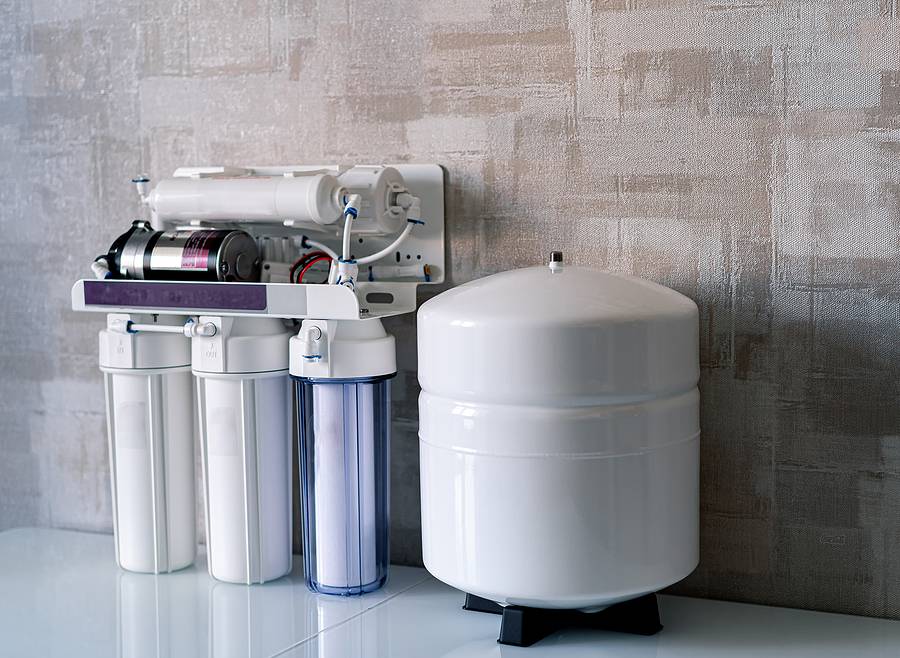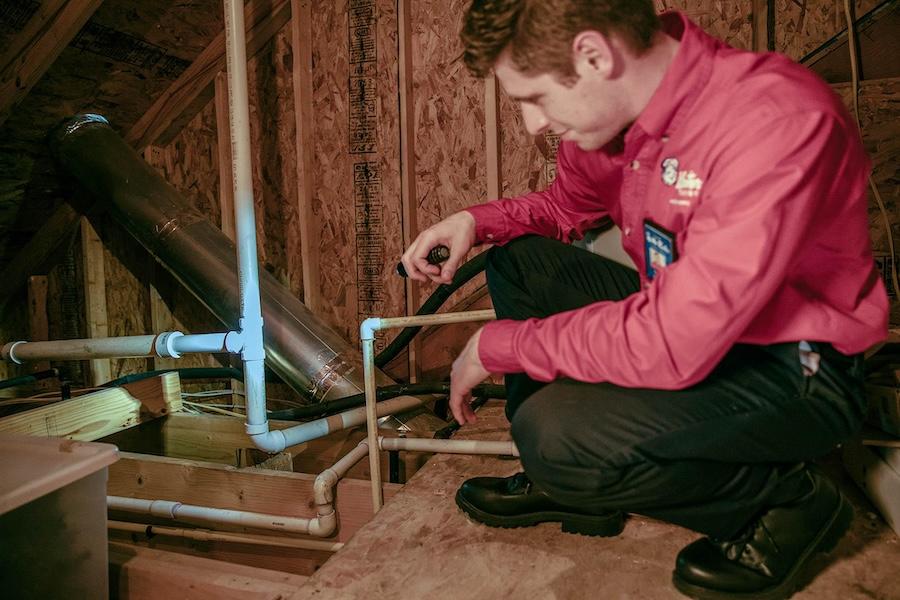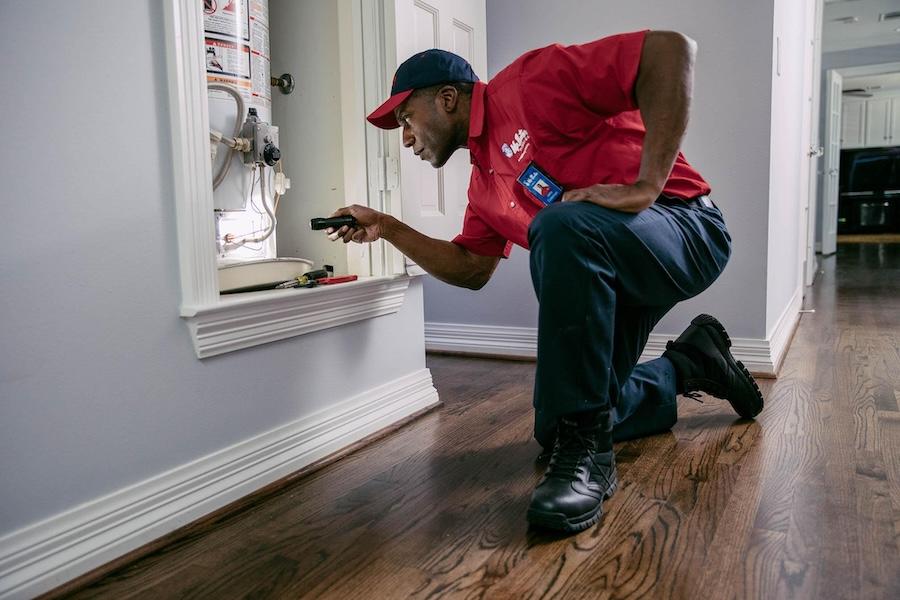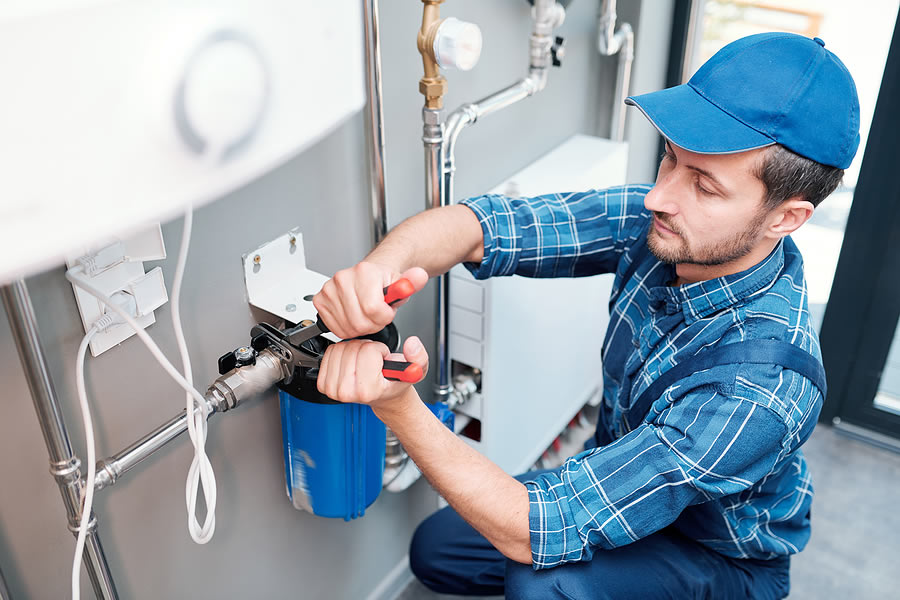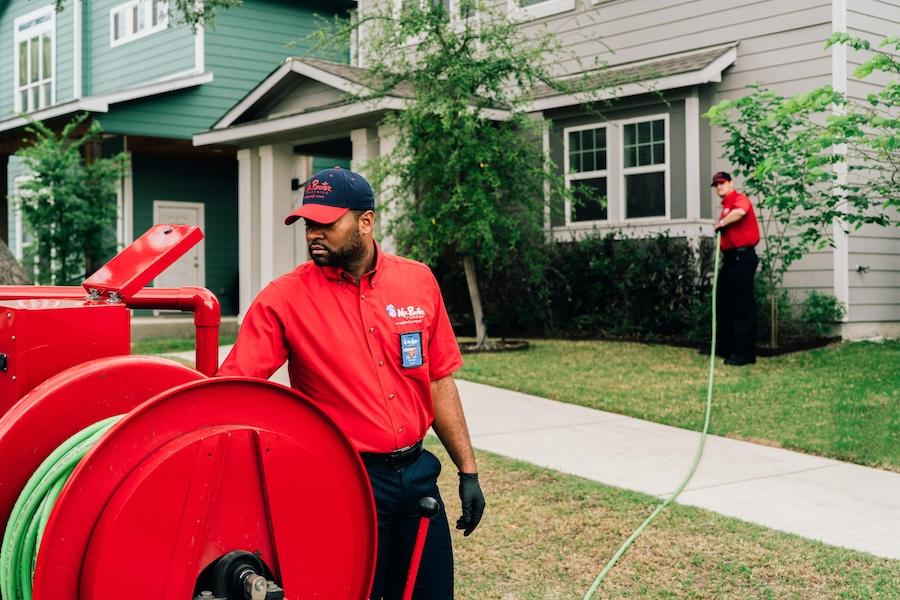Finally, consider backup sump pump replacement that works on battery power. Heavy storms can knock out power; having a battery-powered backup is an insurance policy during power outages.
Signs your sump pump needs repair or replacement
Even with regular maintenance, sump pumps don’t last forever. The average lifespan of a sump pump is about 7 to 10 years, granted this can vary depending on how well it was installed, how often it’s used, and how well it was maintained. With that said, here are some signs that it’s time for your sump pump repair in Hendersonville:
- Excessive rattling, grinding, or thudding noises.
- Constantly running.
- Turns on and off frequently.
- There’s visible rust and physical damage.
- Does not activate when you pour water into the pit.
If you have any questions or concerns regarding your unit, you are welcome to call Mr. Rooter to get in touch with a sump pump installer in Hendersonville. We’re happy to schedule a convenient appointment or set up an urgent dispatch for as soon as possible.


